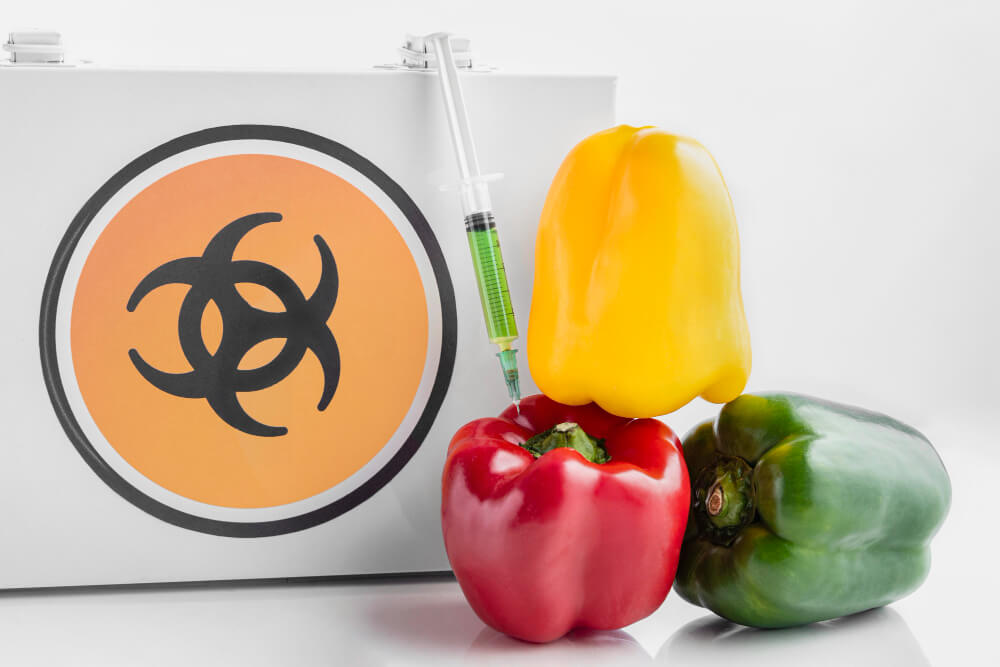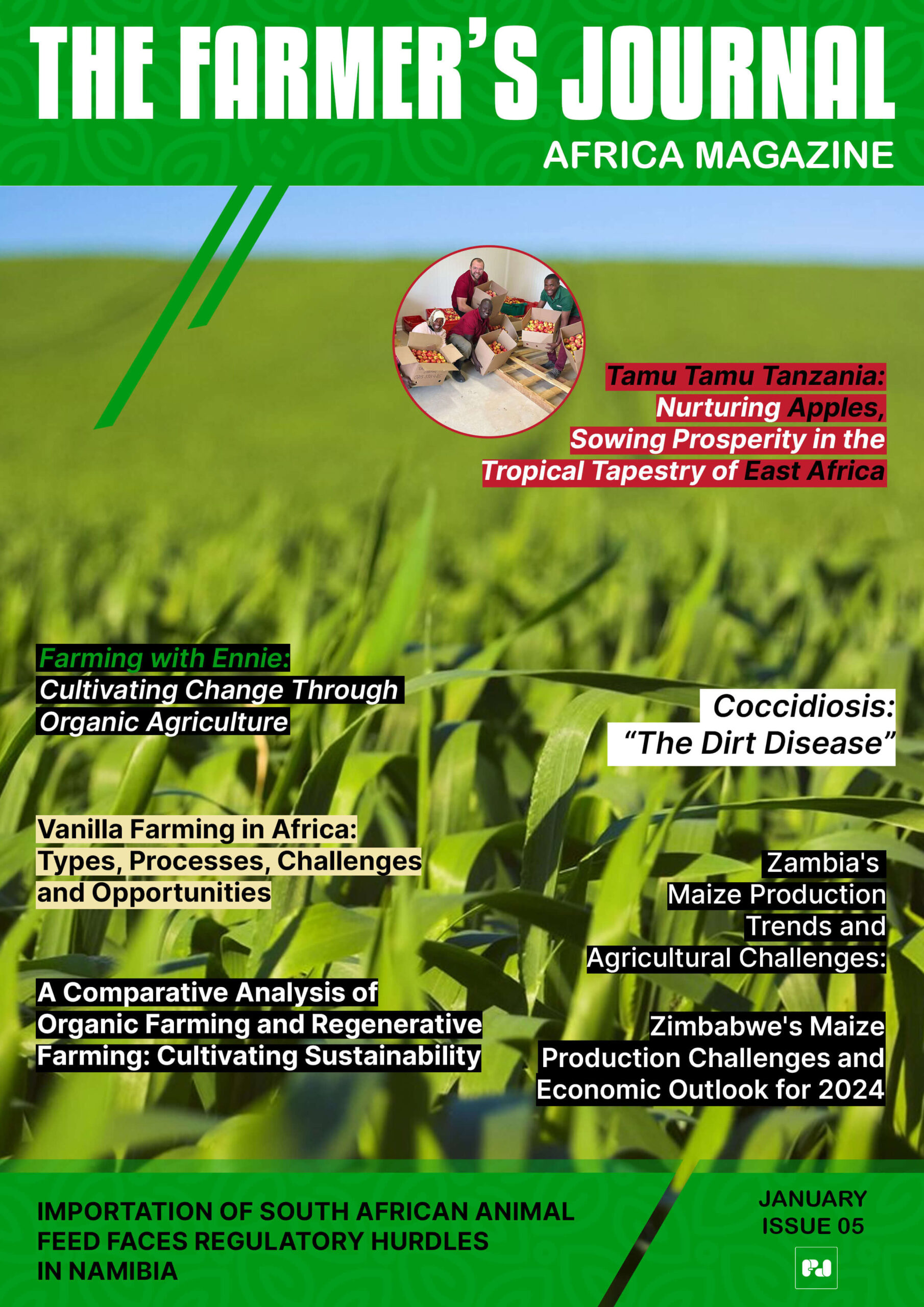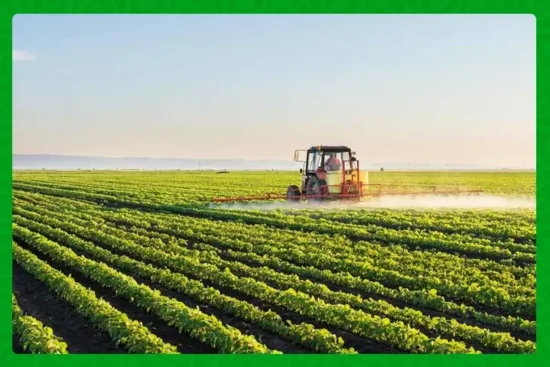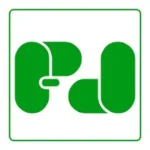
Kenya’s Ministry of Health has put a clear idea on the table: stick a black, octagonal warning on the front of any processed packaged food that is high in sugar, salt, or unhealthy fat so shoppers can see the risk at a glance. The change is part of the newly published Kenya Nutrient Profile Model, or KNPM, which lays out front of pack labelling, tighter rules on marketing unhealthy food to children, and consumer education measures to cut diet related diseases.
This is not a tweak to the fine print. It is a design choice meant to make the unhealthy choice visible before a product hits the trolley. Officials want labels that read High in Sugar, High in Salt, or High in Fat inside a black octagon, and products can carry multiple warnings if needed. The move is rooted in evidence that clear, front of pack warnings change buying behaviour and encourage reformulation by manufacturers.
The scale of the challenge
Kenya is wrestling with a growing burden of non communicable disease that is closely tied to diet. Almost four in ten deaths in the country are now attributed to NCDs, and obesity rates have tripled since 2000. Women are particularly affected, with nearly half now considered overweight or obese. Those statistics crystallise why policymakers say action cannot wait.
How many products would carry a warning
An analysis by the Access to Nutrition Initiative found that roughly 90 percent of packaged foods on Kenyan shelves would qualify for a warning under the KNPM thresholds. That is a massive proportion, and it is why the proposal is both ambitious and contentious. Supporters say the scale shows the need for rapid consumer protection. Critics warn the measure will touch almost every aisle in the supermarket.
Why advocates are cheering
Public Health Principal Secretary Mary Muthoni framed the model as an empowerment tool, saying it helps Kenyans make healthier choices while supporting more sustainable food systems. Experts who helped draft the model argue the change is long overdue. Celine Awuor of the International Institute for Legislative Affairs points out that nutrition labels are often buried and technical. The new black octagon puts the warning where shoppers will see it before they pick a product off the shelf.
Evidence from countries that have used front of pack warnings supports this logic. In Chile, for example, the introduction of black stop sign style warnings and related advertising restrictions was followed by meaningful falls in purchases of sugary drinks and by product reformulation. That experience is a key piece of the KNPM playbook.
What the plan would do besides labels
The KNPM does more than label products. It supports WHO guidance to restrict marketing of unhealthy foods to children, including limits on advertising that targets kids and recommendations to restrict use of non nutritive sweeteners in marketing to children. The Ministry says implementation will need new regulation, broad stakeholder engagement, and public education campaigns so people understand what the labels mean and how to use them.
The tough questions critics raise
There are understandable worries. Industry groups will argue about the burden on manufacturers, especially smaller processors. Some voices say the measure could raise product prices or push manufacturers to highlight alternative claims rather than addressing core reformulation needs. Others worry that a sudden roll out could confuse shoppers if not accompanied by clear education. Kenya must also prepare for legal and trade questions that often follow bold labelling rules. The ministry acknowledges these implementation challenges and is proposing phased engagement to smooth the path.
How to make this work for people and producers
A successful programme would pair the labels with practical support and safeguards:
- a phased roll out that gives smaller processors time and technical support to reformulate;
- strong, clear public education so shoppers understand warnings and how to use them in everyday decisions;
- targeted support to help manufacturers, especially small and local producers, improve product recipes rather than simply masking problems with new marketing;
- measures that protect children by limiting advertising and promotional tactics aimed at them;
- ongoing monitoring so the policy can be adjusted quickly if unexpected harms appear.
These steps would reduce the risk of punishing small businesses while keeping the policy focused on health gains.
What this means at the kitchen table
Imagine a mother choosing a snack for her child. Instead of squinting at ingredient lists and labels she cannot decode, she will see a stark black octagon that says High in Sugar. That single, visible cue can reshape countless daily choices. At scale, those small choices add up to fewer cases of diabetes, heart disease, and avoidable health costs for families and the health system. That is the human aim behind the technical language.
The wider ripple effects
If Kenya implements the KNPM, it will join a growing group of countries using front of pack warnings to tackle unhealthy diets. The policy could nudge manufacturers to reformulate, reduce sugar and salt consumption across the population, and protect children from targeted junk food advertising. It will also intensify the conversation about how to balance public health goals with the realities of industry adjustment and livelihoods.
Bottom line
The KNPM is simple in idea and complex in delivery. It asks the country to be blunt about what is unhealthy, to place that judgement where shoppers can see it, and to accompany the change with education and support. If Kenya gets the mix right, the black octagon could become a powerful tool that saves lives and shifts markets toward healthier products. If it is rushed without the right supports, it risks confusion and pushback. The choice now is whether Kenya will pair clarity with compassion, regulation with support, and a visible label with the behind the scenes work needed to help producers and consumers change for the better.
Stay updated with the latest farming tips and agriculture industry news from Africa by subscribing to our newsletter. Don’t miss out on valuable insights and updates. Follow us on Twitter, LinkedIn, and Facebook to join our farming community and stay connected with us.


















